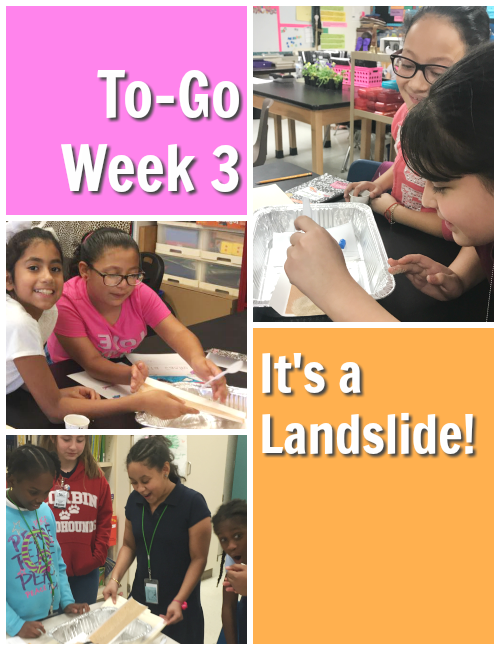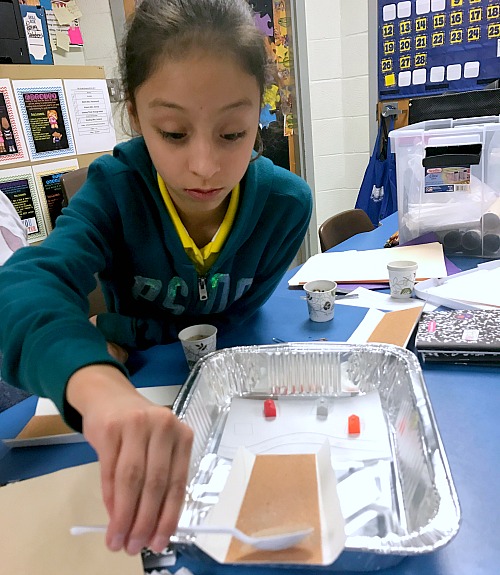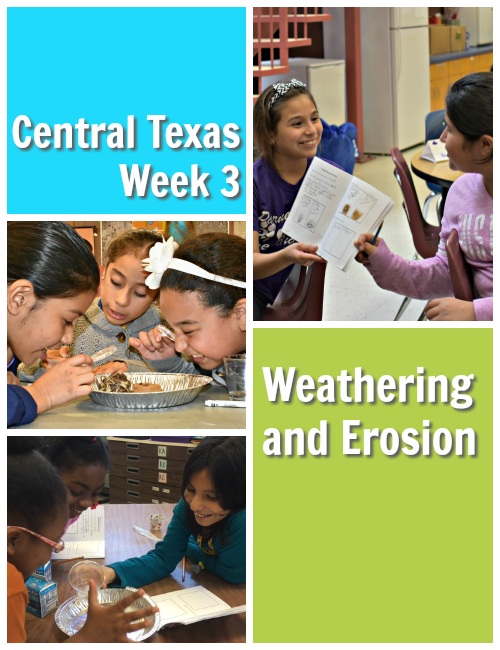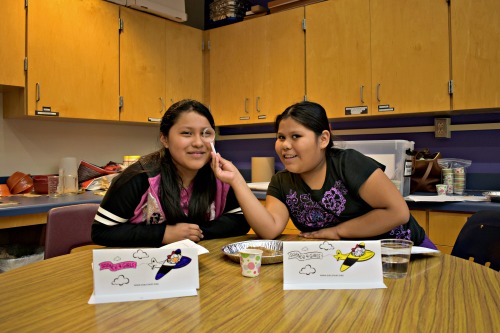Sedimentation Rock Cups
This week, the girls unearthed the truth about what lies in the top layer of Earth’s crust as they became Soil Scientists!
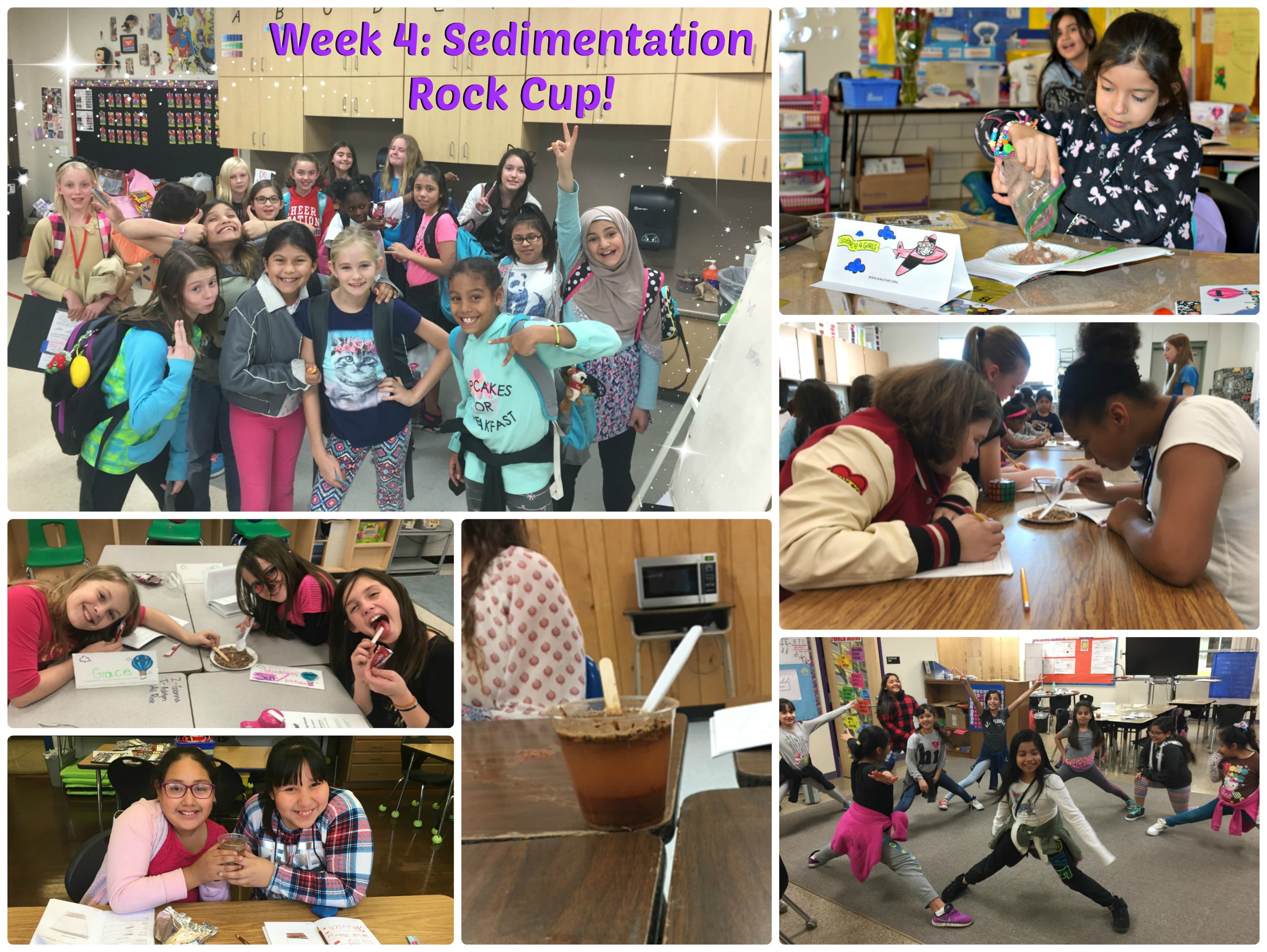
Before diving in, Girlstart students learned facts about the composition of soil, including the five layers that make soil up. After learning about the layers, they played a game in order to further cement the information in their mind. The game involved acting out each layer as the STEM crew leader called out a specific layer. When Bedrock was called out the girls fell to the floor, spreading out to be as close to the ground as possible. When humus, the top layer of soil, was called out the girls jumped with all their might trying to be as high off the ground as possible. In the collage above, in the bottom right corner picture you can see the girls acting out their interpretation of subsoil, as you would guess this is the middle layer!
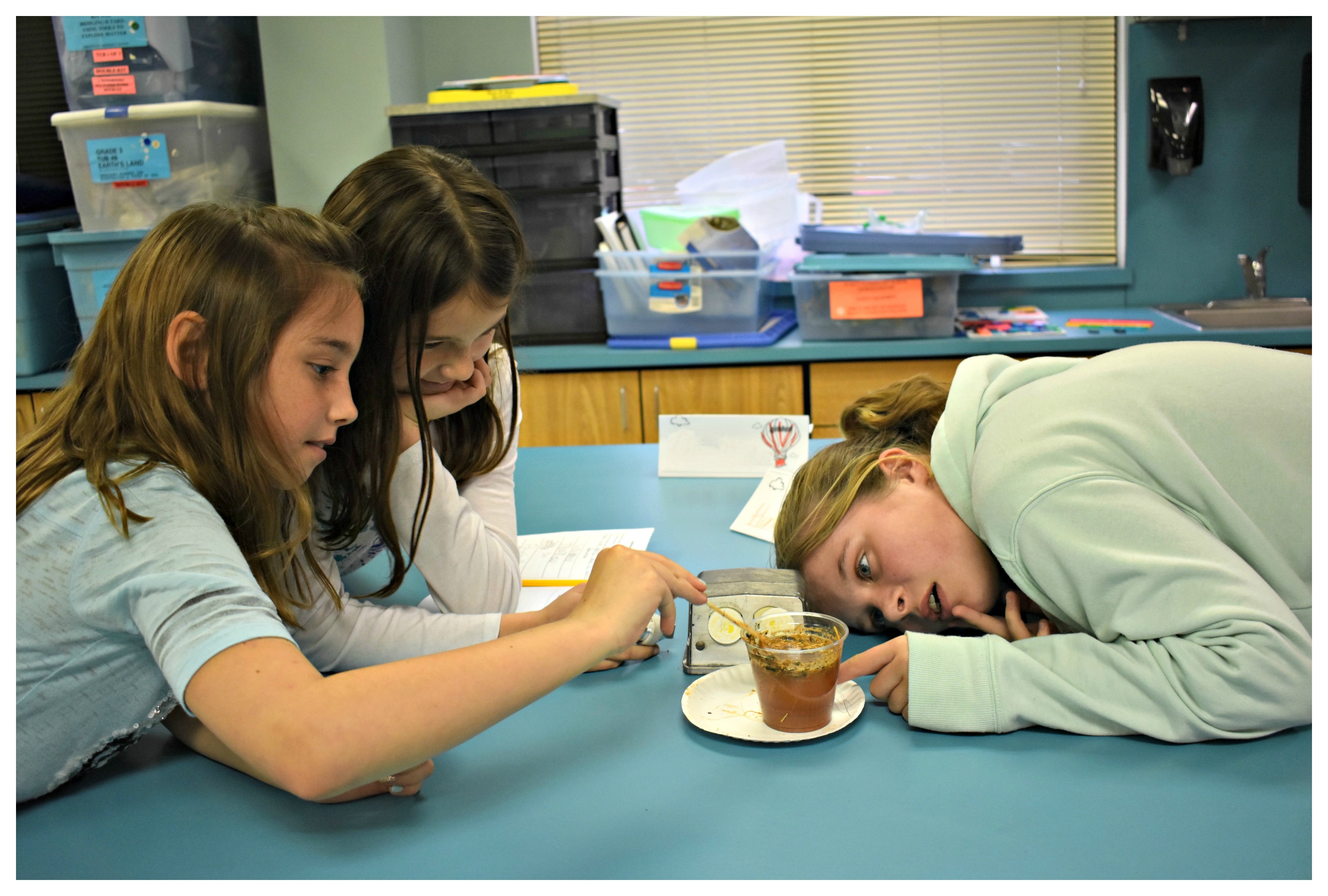
The experiment began with each group receiving a bag with topsoil, gravel, clay, silt, and grass that they poured out on a plate and analyzed. They used their analysis in order to predict which materials would reside on the bottom and so forth. Following the soil, water was added and the girls mixed the soil mixture to completion and waited for their mixture to settle into layers. As this occurred, the girls watched with amazement and excitement as most of their hypotheses proved correct!




